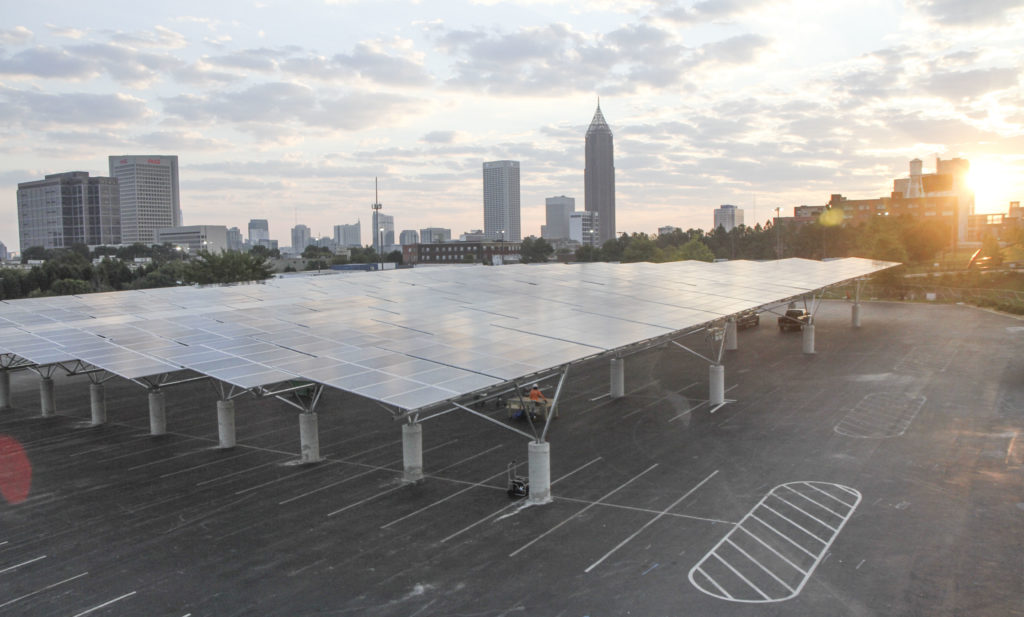This is a guest post published online by Solar Power World. It is written by Norman (Finn) Findley, CEO, Quest Renewables.
Every solar company is likely following the solar tariff showdown in Washington. Tariffs will affect certain parts of the solar market differently. The utility-scale ground-mount market will be more negatively impacted, as solar panels are a higher percentage of the overall project cost. In markets where the cost of traditional forms of power is low and there are few or no solar incentives, a $0.20 or more increase from the cost of a tariff will undoubtedly cause contraction in a market that is already not overly favorable for solar. Markets with higher power costs and solar incentive support will be better able to weather a tariff.
The key to continued industry growth once module tariffs are imposed will be in identifying cost reductions that lower the overall project cost by at least as much as the tariff. In the past, the decline in solar project cost was driven by the decline in solar panel cost. Now that solar panel prices have relatively bottomed out, and increased a bit with the tariff, the solar industry will have to look elsewhere to drive out costs.
Two big cost areas that remain are customer acquisition costs and construction costs. Companies in a post-solar-tariff world will need to get smarter with customer acquisition. Work will need to be done and difficult questions asked up front in order to find and qualify business partners that will follow through and build a system on their roof, in their field or on their parking lot. Secondly, in order to lower construction costs, companies must work to reduce the risk of unforeseen costs once a project is under way. One way to accomplish this is by standardizing the installation process of projects. Standardizing installation can drive a 25% cost reduction out of solar project costs, and this is more than enough to offset the module tariffs. Quest Renewables’ QuadPod solar canopies were designed to enable rapid installation with its repeatable construction process.
Quest Renewables continues to focus on reducing construction costs. Through system efficiencies, we will be able to deliver the mechanical scope of solar canopy projects at about 30% below the current market cost. This radical reduction in cost is more than the amount of the tariff, resulting in a reduction in solar project prices in distributed generation, commercial-scale markets. In spring 2018, our high-snow solar canopy product will be available for deployment. The system allows 30% greater capacity than traditional canopies. Looking further into 2018, we are working on a joint-venture that will take the same kind of savings to ground-mount. Reducing mechanical scope costs by 30% for utility-scale projects will be enough to offset the tariffs and keep those markets growing.
